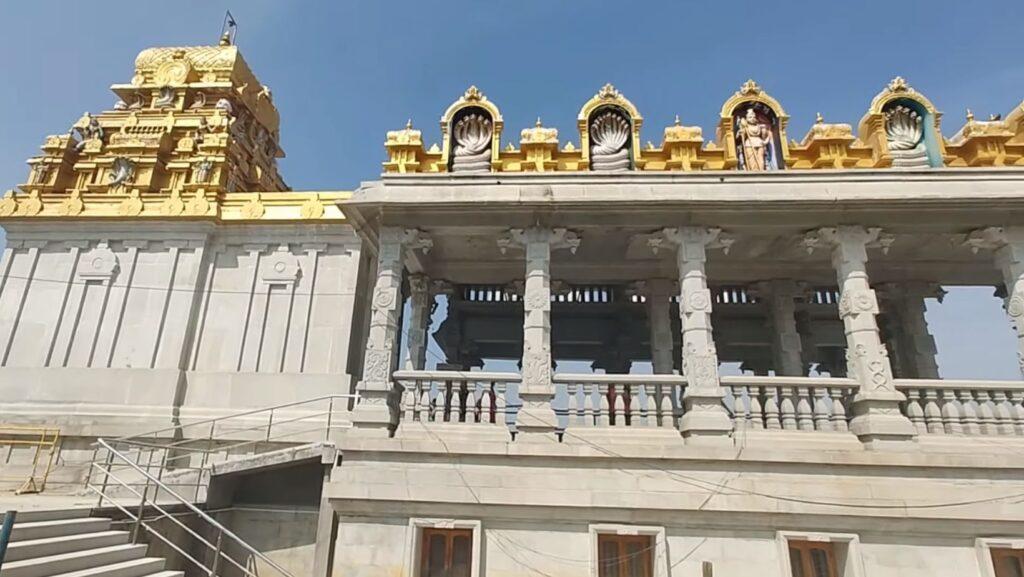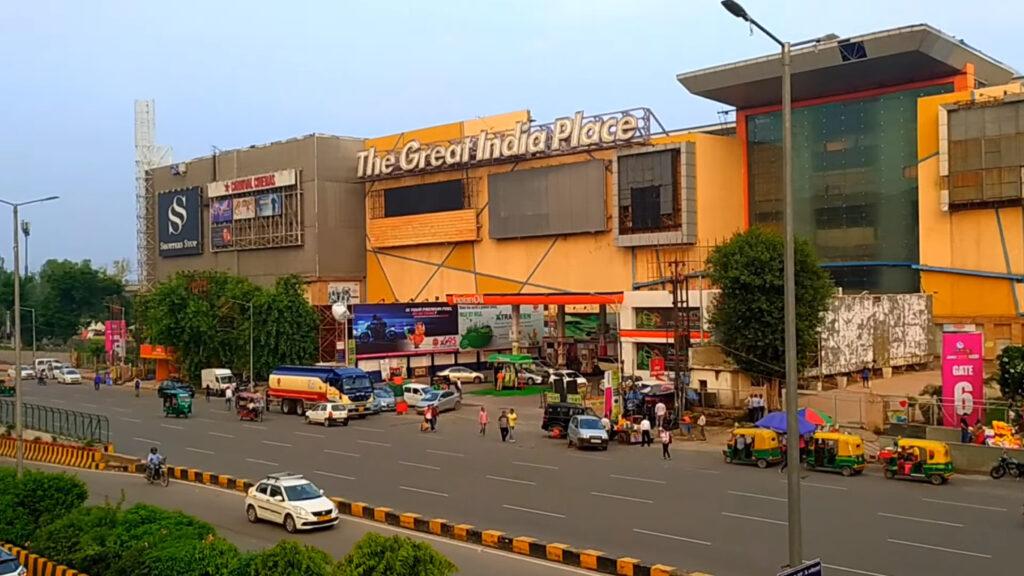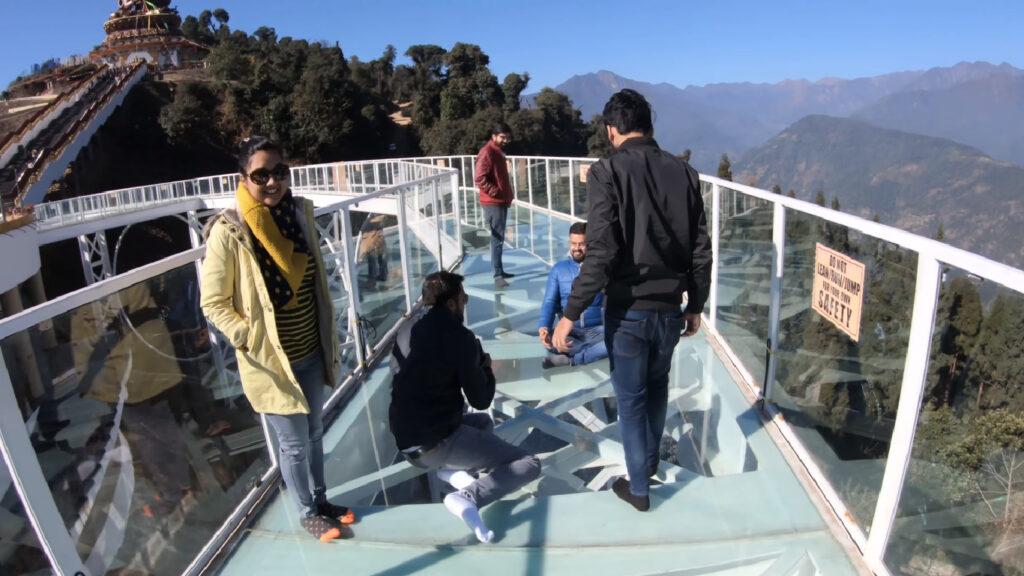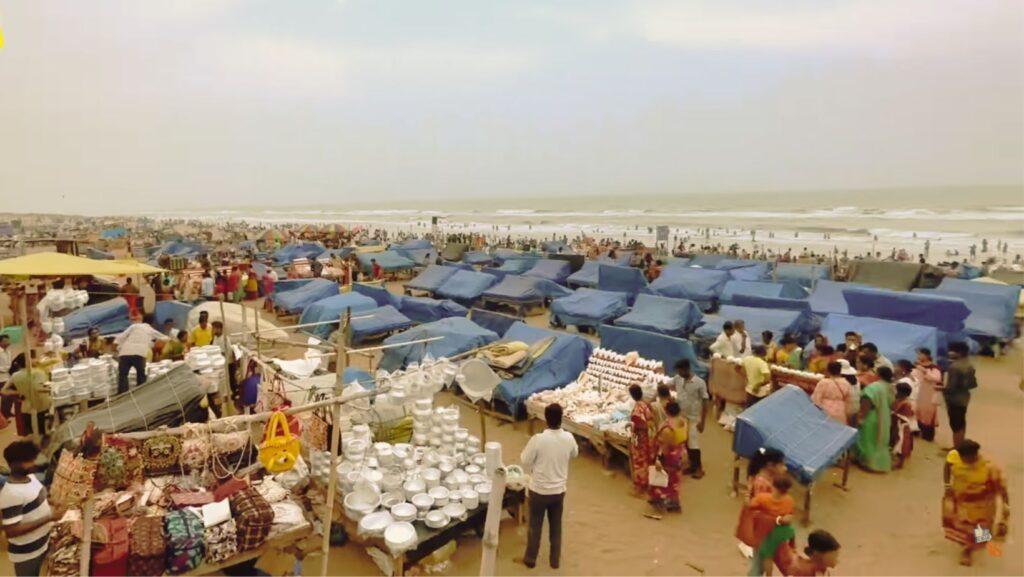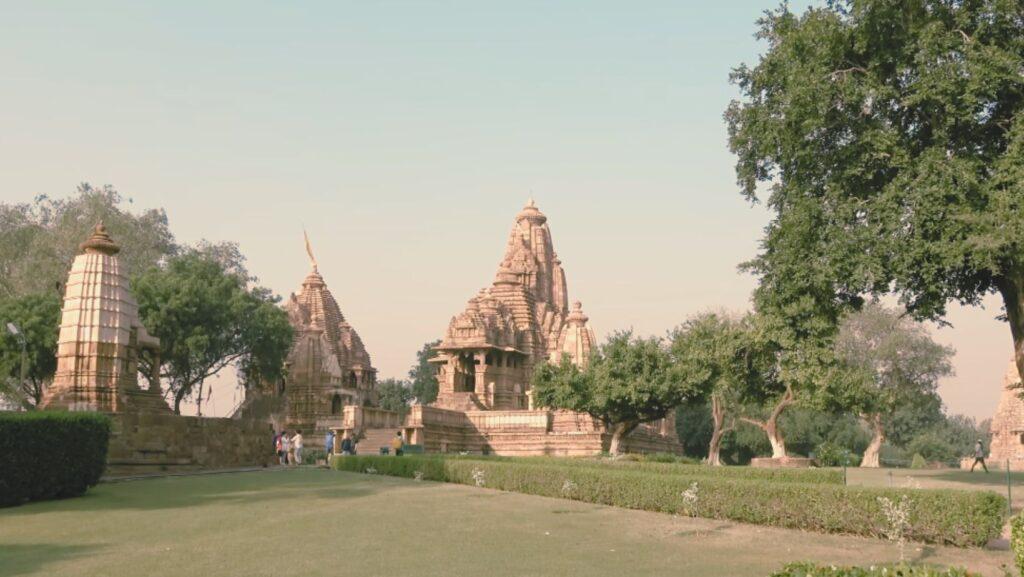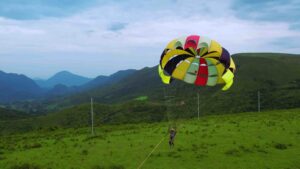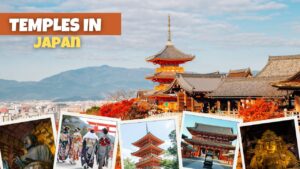Mukti Naga Temple is a unique temple dedicated to the serpent deity, Naga Devata, located in Ramohalli, a village about 18 kilometers from Bangalore city. The temple is managed by Shri Subrahmanya Seva Trust and is famous for its 16-foot tall and 36-ton monolithic statue of Lord Naga, which is the largest of its kind in the world. The temple is also a place of peace and serenity, where devotees can seek the blessings of the Naga Devata and fulfill their wishes. We will provide some information about the history, timings, and pooja details of the Mukti Naga Temple.
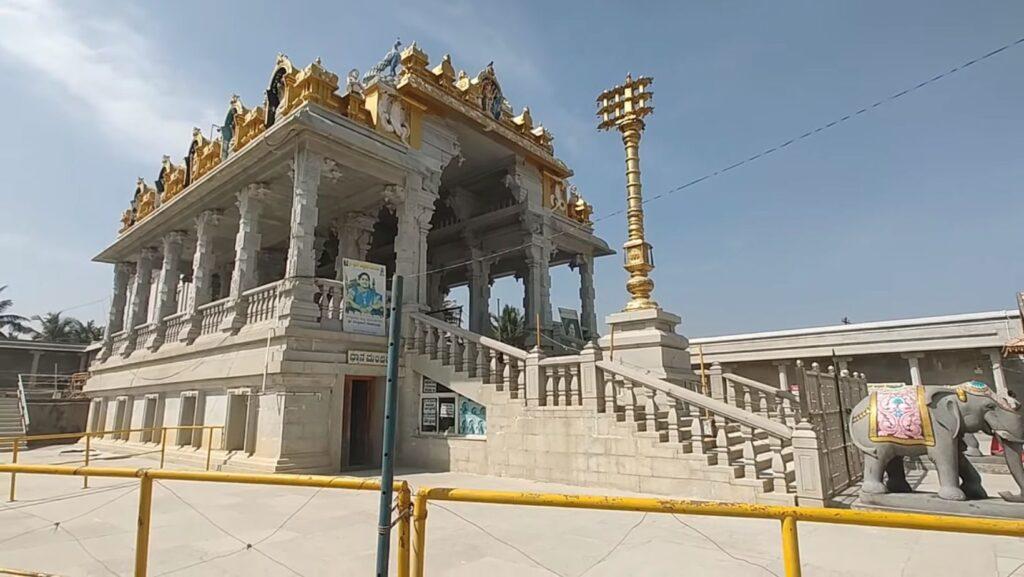
History of Mukti Naga Temple
The history of the Mukti Naga Temple dates back more than 200 years, when the place was known as Junjappana Bayalu, meaning Junjappa’s Field. Junjappa was a farmer who owned the land, and he used to worship a snake mound (hutta) on his field, where the Naga Devata resided.
He also used to offer milk and eggs to the snake, and in return, he received a good harvest and prosperity. The locals also believed that the Naga Devata protected the village from diseases and calamities, and they used to make nine circumambulations around the snake mound to get their wishes fulfilled within 90 days.
Later, the land was acquired by the Dharmadhikari Sri Subramanya Shastri, who was a devotee of Lord Subrahmanya, the son of Lord Shiva and the commander of the celestial army. He had a vision of Lord Subrahmanya at Kukke Subramanya, a famous pilgrimage center in Karnataka, and he was instructed to build a temple for the Naga Devata at Junjappana Bayalu.
He then constructed the temple with the help of the villagers and installed the huge statue of Lord Naga, which was carved out of a single stone. He also built other shrines for Lord Ganesha, Lord Subrahmanya, and Goddess Parvati within the temple complex. He named the temple as Mukti Naga Temple, meaning the temple of the liberating serpent.
The temple was inaugurated in 2009, and since then, it has attracted thousands of devotees from all over the country and abroad. The temple is also known for its various poojas and rituals, which are performed to appease the Naga Devata and to remove the doshas (afflictions) caused by the snakes in one’s horoscope. The temple also celebrates various festivals, such as Nagara Panchami, Vijaya Dashami, and Tulava Shashti, with great devotion and enthusiasm.
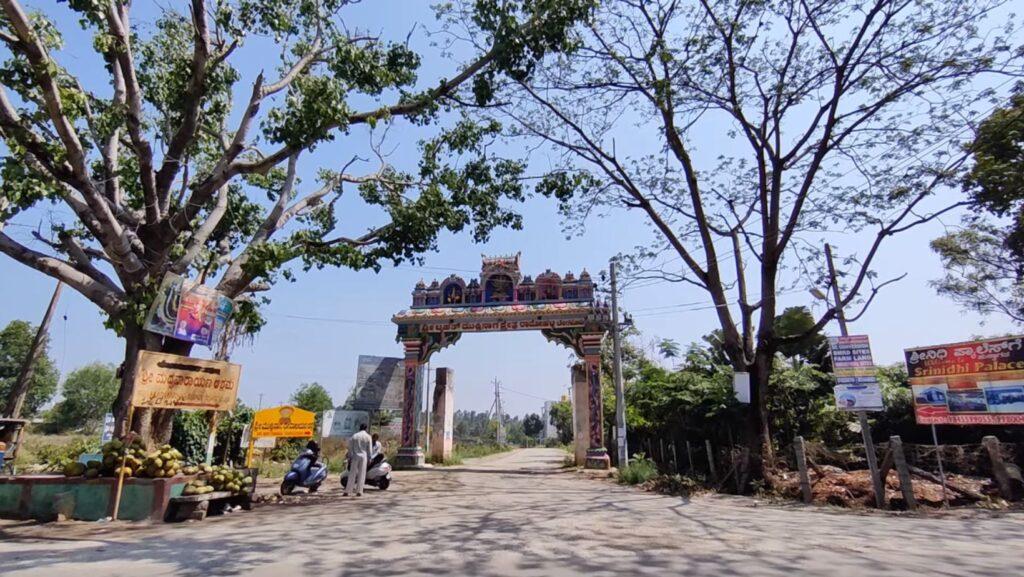
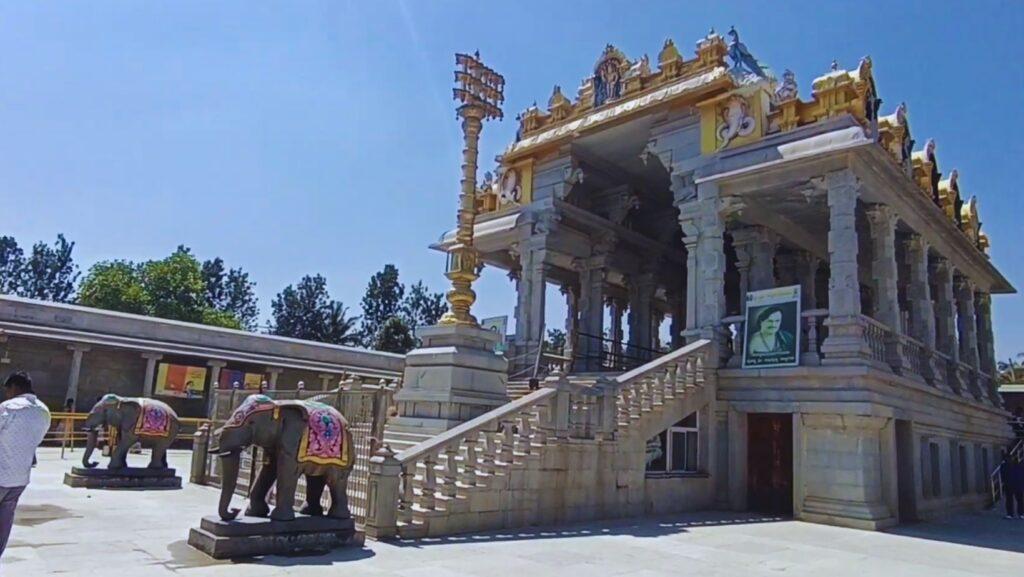
Mukti Naga Temple Timings
The Mukti Naga Temple is open from 7 am to 7 pm on all days of the week. The temple also provides accommodation and food facilities for the devotees who wish to stay overnight. The temple charges a nominal fee for the rooms and the meals, which can be booked in advance or on the spot. The temple also has a parking lot, a souvenir shop, and a library for the convenience of the visitors.
Mukthi Naga Temple Pooja Details
The Mukti Naga Temple offers various poojas and sevas for the devotees who want to worship the Naga Devata and seek his blessings. Some of the poojas and sevas are:
Sarpa Samskara: Sarpa Samskara is a five-day pooja that is performed to remove the Sarpa Dosha, which is caused by killing or harming a snake in one’s previous or present birth. The pooja involves offering prayers, homes, and abhishekas to the Naga Devata, and also feeding the Brahmins and the poor.
Ashlesha Bali: Ashlesha Bali is a one-day pooja that is performed to remove the Naga Dosha, which is caused by having the Ashlesha Nakshatra in one’s birth chart. The pooja involves offering prayers, homas, and abhishekas to the Naga Devata, and also feeding the Brahmins and the poor.
Naga Pratishtha: Naga Pratishtha is a one-day pooja that is performed to install a Naga idol in the temple premises or in one’s home. The pooja involves consecrating the Naga idol with mantras and rituals, and offering prayers, homas, and abhishekas to the Naga Devata.
Ksheerabhisheka: Ksheerabhisheka is a daily pooja that is performed to offer milk abhisheka (bathing) to the Naga Devata. The pooja involves pouring milk on the Naga idol and chanting the Naga mantra.
Mahabhisheka: Mahabhisheka is a daily pooja that is performed to offer various abhishekas (bathing) to the Naga Devata. The pooja involves pouring water, milk, curd, honey, ghee, and other items on the Naga idol and chanting the Naga mantra.
Poojas and sevas are offered at the Mukti Naga Temple, but there are many more to choose from. The devotees can also perform their own poojas and offerings to the Naga Devata, such as lighting lamps, and offering flowers, fruits, coconuts, eggs, and silver or gold snake ornaments. The devotees can also get the prasadam (sacred food) and the vibhuti (sacred ash) from the temple, which are believed to have healing and protective powers.
Mukti Naga Temple is a unique and sacred temple that is dedicated to the serpent deity, Naga Devata. The temple is famous for its 16-foot tall and 36-ton monolithic statue of Lord Naga, which is the largest of its kind in the world.
The temple is also a place of peace and serenity, where devotees can seek the blessings of the Naga Devata and fulfill their wishes. The temple also offers various poojas and sevas for the devotees who want to worship the Naga Devata and remove the doshas caused by the snakes in their horoscope.
Temple is located in Ramohalli, a village about 18 kilometers from Bangalore city, and is well connected by road and public transport.
